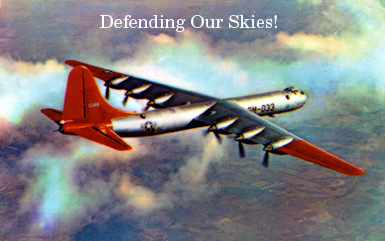Victor Margolin
No wonder that American airline passengers are in an uproar. To get on a plane they are obliged to choose between exposing their bodies as x-ray forms or getting patted down and groped by TSA employees. When confronted with the growing passenger rebellion, the TSA falls back on its mantra that nothing is too extreme to keep America safe. The promise of national security in exchange for making the most intimate parts of one’s body available to TSA employees has begun to ring hollow, largely because the TSA give no evidence of understanding how to efficiently create a balance between individual rights of privacy and the need to protect the nation’s air fleet.

Thus far the TSA has been primarily reactive. When Richard Reed packed an explosive in his shoe, everyone had to take his or her shoes off before boarding a plane. When Umar Farouk Abdulmutallab, the “Underwear Bomber” packed some explosives up against his groin, both men’s and women’s private parts were fair game for TSA inspectors. The faulty logic of this strategy is that the nation’s enemies can always stay one step ahead of the TSA by running through the multiple body orifices and sending bombers into the security lines with explosives lodged where only trained urologists are wont to go. At least medical personal have a good record of keeping their comments to themselves, a practice that some TSA employees have yet to learn. Such exams are also done in the privacy of a doctor’s office, not in public where orifice invasions are visible to large numbers of people. As more than one angry passenger has pointed out, does the TSA really expect an elderly American grandmother to be a likely suspect whose private body parts must be examined? The TSA has not approached this situation as a design problem whose outcome is to prevent bad people from getting on an airplane and doing something destructive.
Why has the agency not made better use of profiling to make more accurate judgments about who is likely to have an explosive in his or her underwear? There are many profiling techniques and statistically large numbers of passengers would fit a profile that would identify them as unlikely suspects. Why is it that El Al has never had an incident on any of its planes without having to resort to the crudeness of physical pat downs that the TSA falls back on whenever the ante is upped by the discovery of a new possible danger? El Al interviews its passengers thoroughly and uses highly trained personnel, all of whom have spent several years in the military, to conduct the interviews and assess whether or not a passenger has the intention to do harm to the Israeli state. One answer to the current situation is better trained and more highly qualified TSA employees. This would mean more effort to find good people who would have to be paid more. Instead, current employees receive modest to low wages and all the funding goes to purchase inordinately expensive scanning machines that zap passengers with more radiation than is good for them and subject them to embarrassing exposures of their bodies, even in x-ray mode.
What is also unspoken is that no one wants the check in process to take any longer than it already does, not passengers, not airline officials, and surely not TSA employees. Thus, the thinking is to do a job as quickly as possible even if it depends on methods that are highly offensive and possibly illegal. The legality will be clearer once some of the many new lawsuits filed by passengers hit the courts. Approaching the security issue as a design problem would mean exploring many more ways to guarantee airline safety than appear to have been considered thus far. It would mean taking a proactive rather than a reactive approach to the problem, anticipating new means that terrorists might employ and looking at the security issue systemically, considering also the problems of large shipping containers as well as toxic packages.
Surely, those intending harm to American citizens have a larger arsenal of tactics than has been addressed by security planners. Security officials have been willing to subject humans to more searches than they would use to investigate parcels that might contain explosives. So long as the best security policies are not in place and those that are employed cause anger, insecurity, or even resistance, the terrorists are in the driver’s seat, whether or not they actually blow up a plane. In fact, given the uproar, confusion, and anger that the most recent TSA security policy has engendered, they have already won. The American government’s job is to fight back by being smarter than its enemies. So far, this has not been the case. Not only have security policies been reactive, thus causing immense inconvenience, anger, and even shame to the nation’s airline passengers, but they also threaten the viability of air travel itself as more and more passengers opt not to fly rather than subject themselves to the invasive and perhaps unconstitutional procedures of the TSA.
For the airlines, this is not good business. To remedy the situation, the government should consider the possibility of different levels of interrogation and search based on the assessed likelihood that a dangerous person might board a plane. I imagine that something of that sort is already in place but if so, why is the initial search so invasive? Experts need to devise a proactive design approach to the security problem that will balance passenger rights and wishes against some degree of surveillance. Until that occurs, we will continue to be the victims of bad design, which delivers dissatisfaction every time.
Victor Margolin, Professor Emeritus of Design History in the Department of Art History of the University of Illinois at Chicago and a founding editor of DesignIssues, is a regular contributor to Design-Altruism-Project.











Leave a Reply
You must be logged in to post a comment.